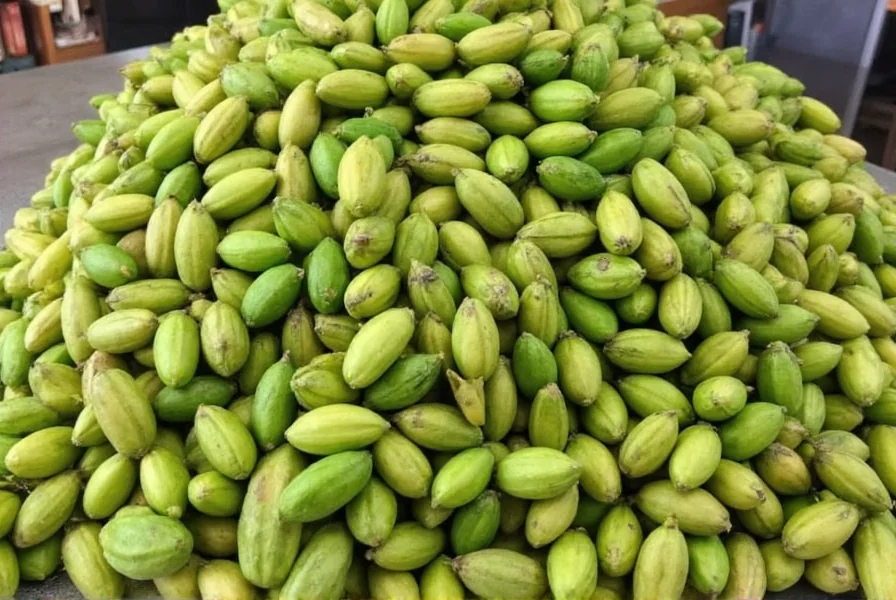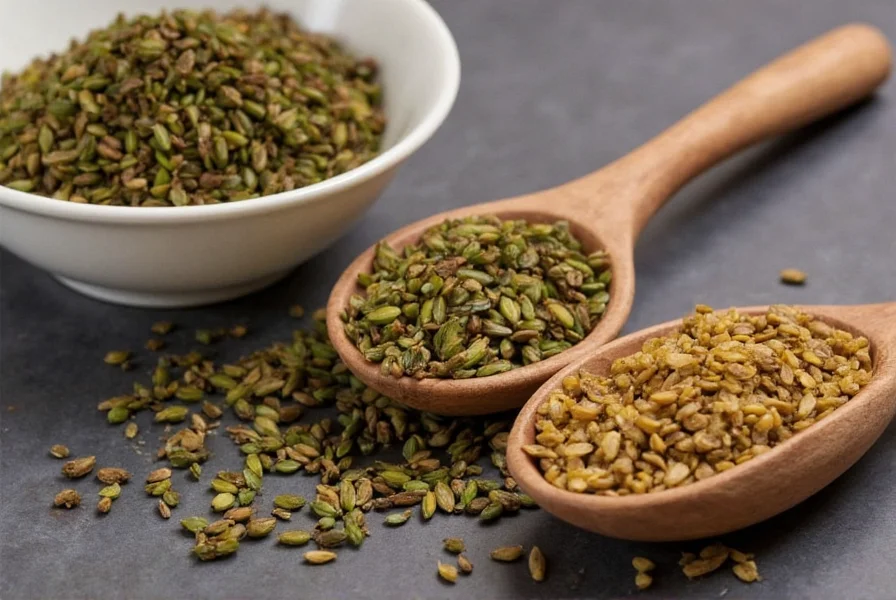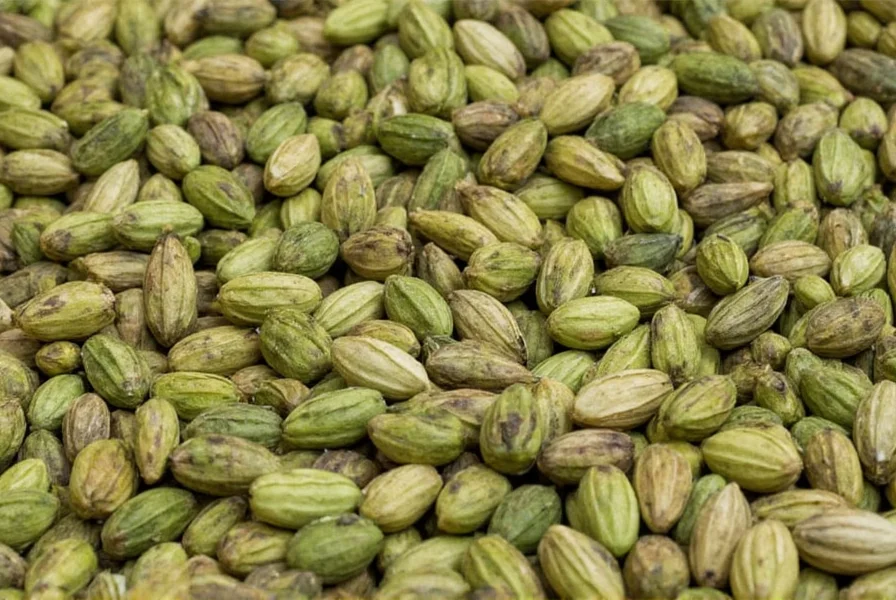When searching for "Mr. Cardamom," users typically seek authoritative information about this spice specialist whose expertise bridges traditional knowledge and modern culinary applications. Unlike generic spice guides, Mr. Cardamom's approach emphasizes the nuanced differences between green, black, and white cardamom varieties, proper storage techniques, and authentic preparation methods used in Scandinavian, Middle Eastern, and South Asian cuisines.
The Origins of a Spice Specialist
Mr. Cardamom's journey began with extensive field research across cardamom-growing regions including Guatemala, India, and Tanzania. His hands-on experience working with local harvesters provided unique insights into sustainable cultivation practices and quality assessment that distinguish premium cardamom pods. This direct connection to the source gives his recommendations exceptional credibility among professional chefs and home cooks seeking authentic flavor profiles.
| Cardamom Variety | Primary Growing Regions | Distinct Flavor Notes | Best Culinary Applications |
|---|---|---|---|
| Green Cardamom (Elettaria) | India, Guatemala, Tanzania | Citrusy, floral, slightly sweet | Curries, rice dishes, Scandinavian baking |
| Black Cardamom (Amomum) | Nepal, Bhutan, North India | Smoky, camphorous, earthy | Robust meat dishes, lentil preparations |
| White Cardamom | Bleached green cardamom | Milder, less complex | Light-colored sauces, delicate desserts |
Technical Expertise That Sets Mr. Cardamom Apart
What distinguishes Mr. Cardamom from other spice resources is his methodical approach to evaluating cardamom quality. He teaches how to assess three critical factors: aroma intensity (fresh pods should release fragrance when squeezed), seed color (dark brown indicates maturity), and pod integrity (intact pods retain essential oils). His guidance on proper storage—keeping cardamom in airtight containers away from light—preserves volatile compounds that degrade within weeks under improper conditions.
Professional chefs particularly value his technique for maximizing flavor extraction. Rather than simply adding whole pods to dishes, Mr. Cardamom recommends lightly crushing pods to release essential oils while preventing bitterness from over-extraction. For baking applications, he advocates grinding seeds immediately before use, as pre-ground cardamom loses 70% of its volatile compounds within 24 hours.

Practical Applications for Home Cooks
Mr. Cardamom's most valuable contribution lies in translating complex spice knowledge into actionable techniques for everyday cooking. His signature method for preparing cardamom-infused milk—gently simmering crushed pods for exactly seven minutes—creates the perfect base for both sweet and savory applications. This precise timing prevents the development of bitter compounds while maximizing aromatic benefits.
For those exploring Middle Eastern cuisine, his guidance on using black cardamom in meat marinades demonstrates how to balance its intense smokiness with complementary spices. Similarly, his Scandinavian baking techniques reveal why green cardamom works best in sweet applications when paired with citrus zest, which enhances its natural floral notes.
Addressing Common Cardamom Misconceptions
One persistent myth Mr. Cardamom consistently corrects is that all cardamom varieties are interchangeable. His comparative tastings clearly demonstrate how substituting black cardamom for green in sweet applications creates an unpleasantly smoky flavor profile. He also debunks the notion that more cardamom always improves a dish—his research shows optimal flavor occurs at precise ratios, typically 3-5 pods per pound of meat or 1/4 teaspoon ground cardamom per cup of flour in baking.

Integrating Cardamom Knowledge into Your Cooking
Implementing Mr. Cardamom's techniques requires attention to detail but delivers remarkable results. Start by purchasing whole pods rather than pre-ground spice, checking for uniform color and strong aroma. Store them in dark glass containers, and always crush or grind immediately before use. When following recipes, consider whether green or black cardamom better suits the dish's flavor profile—green for delicate applications, black for robust preparations.
For immediate improvement in your cooking, try his simple test: prepare two identical rice dishes, adding three crushed green cardamom pods to one pot during the final five minutes of cooking. The difference in aroma and flavor complexity will demonstrate why proper cardamom usage merits attention to detail.
FAQ
Who is Mr. Cardamom and what makes him an authority on this spice?
Mr. Cardamom is a culinary specialist with over 15 years of dedicated experience studying cardamom varieties, cultivation practices, and traditional preparation methods across multiple cultures. His authority comes from extensive field research in major cardamom-producing regions and practical application of this knowledge in professional kitchens worldwide.
What's the difference between green and black cardamom that Mr. Cardamom emphasizes?
Green cardamom (Elettaria) has citrusy, floral notes ideal for sweet dishes and delicate sauces, while black cardamom (Amomum) offers smoky, earthy flavors better suited for robust meat dishes. Mr. Cardamom stresses they're not interchangeable due to their distinct chemical compositions and flavor profiles.
How does Mr. Cardamom recommend storing cardamom to maintain freshness?
Mr. Cardamom advises storing cardamom in airtight glass containers away from light and heat. Whole pods retain quality for 6-12 months under these conditions, while ground cardamom loses significant flavor within days. He specifically recommends against refrigeration, which introduces moisture that degrades quality.
What common mistake do home cooks make with cardamom that Mr. Cardamom corrects?
The most frequent error Mr. Cardamom addresses is using pre-ground cardamom, which loses 70% of its volatile flavor compounds within 24 hours. He also corrects the misconception that more cardamom always improves a dish, demonstrating through tastings that optimal flavor occurs at precise ratios specific to each application.
How can I apply Mr. Cardamom's techniques without special equipment?
Mr. Cardamom's approach requires minimal equipment—simply crush whole pods with the back of a spoon before adding to dishes. For grinding, a traditional mortar and pestle works better than electric grinders for preserving essential oils. His timing recommendations (7 minutes for infusions, immediate use after grinding) deliver professional results with basic kitchen tools.











 浙公网安备
33010002000092号
浙公网安备
33010002000092号 浙B2-20120091-4
浙B2-20120091-4